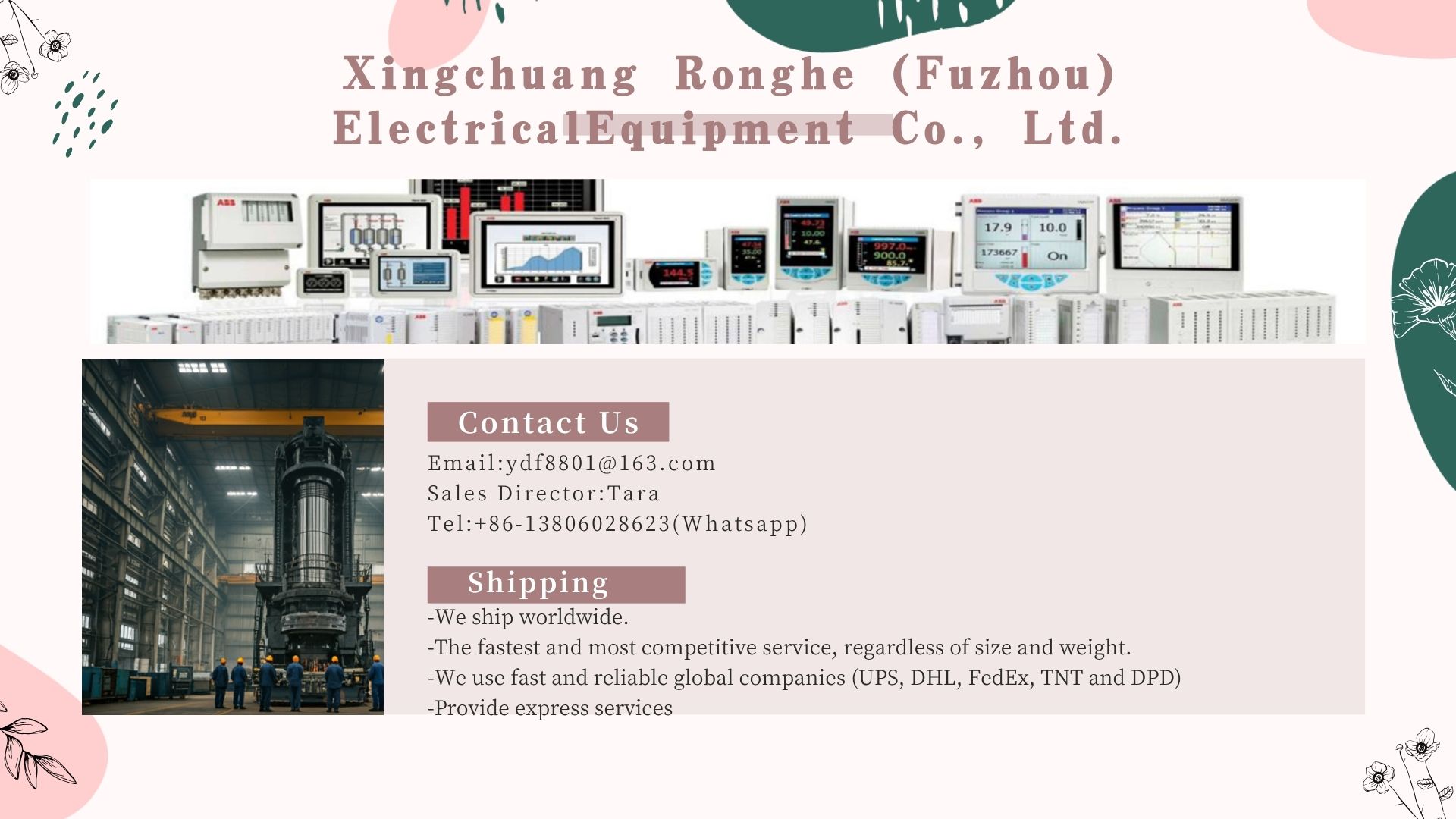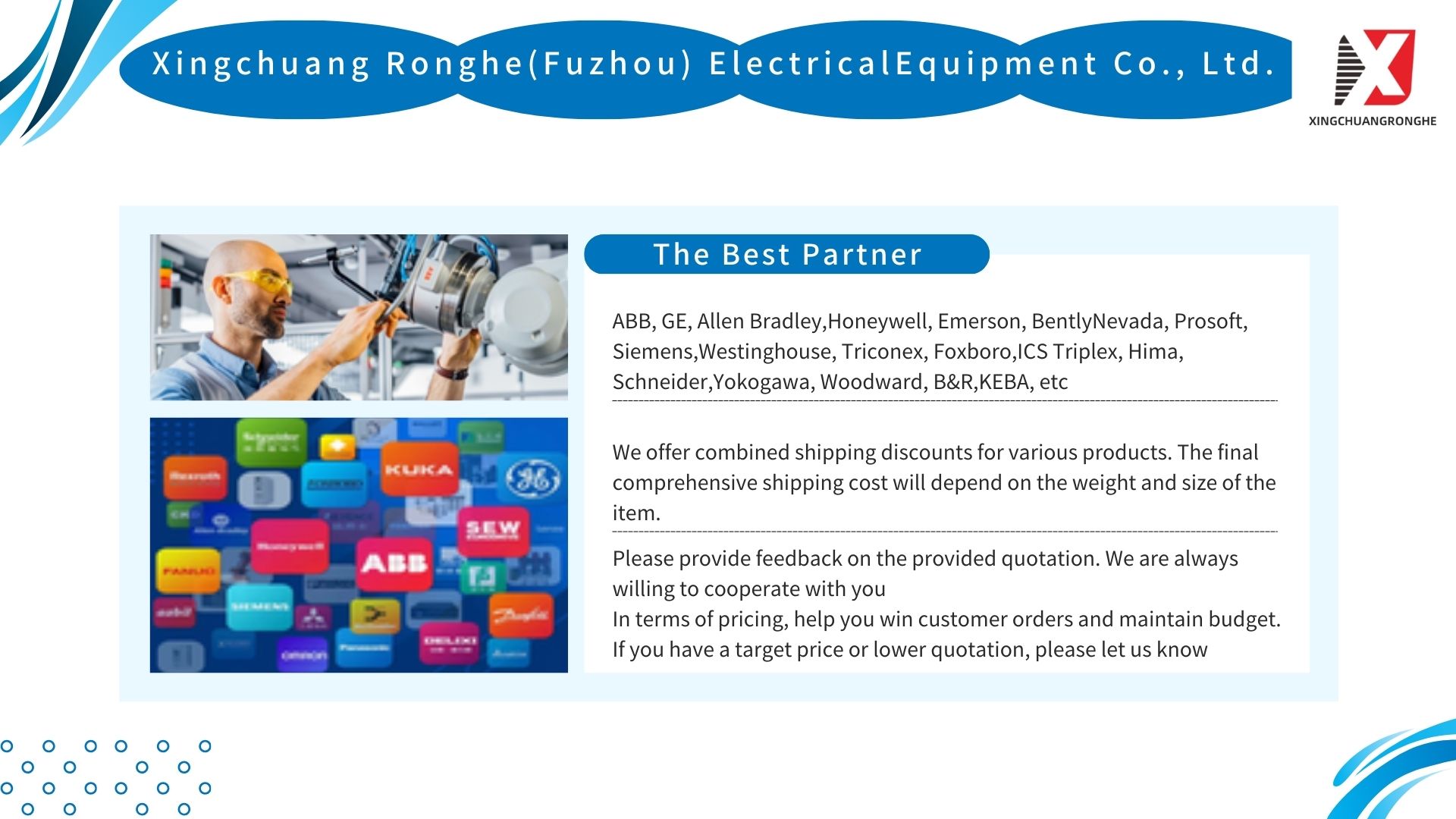
Article 1: Energy Efficiency Upgrades: EEM Drives Global Sustainable Transformation
Against the backdrop of accelerating global industrial change, the imbalance between energy supply and demand has become increasingly prominent. Environmental pressures from traditional energy consumption are forcing industrial innovation. At the same time, rising energy prices are squeezing corporate cost control. In this context, improving energy efficiency is not just an urgent choice to tackle current challenges, but also a core path to achieve coordinated economic, environmental, and social development.
Recently, Mike Umiker, Executive Director of the Energy Efficiency Movement (EEM), made his first visit to China since taking office. He brought cutting-edge global experience and ideas on energy efficiency improvement to Chinese enterprises. took this opportunity to interview Mike, diving into EEM’s latest progress and China’s key role in global energy efficiency transformation.
Uniting Efforts to Drive Sustainable Development
EEM was co-founded by ABB and Swedish company Alfa Laval in 2021. Its goal is to raise global awareness of energy efficiency and accelerate the adoption of high-efficiency energy solutions using existing technologies. Today, EEM has attracted about 600 companies worldwide, including over 70 Chinese firms spanning industrial automation, water treatment, printing, and packaging.
In 2024, EEM evolved from a joint initiative by ABB and Alfa Laval into an independent global non-profit association. This shift allows it to cooperate more openly with enterprises worldwide.
EEM focuses on providing practical energy-saving solutions. Its Industrial Energy Efficiency Cases report outlines 10 key measures for industrial energy efficiency. For example, using higher-efficiency motors paired with frequency converters can help companies reduce energy use and costs while maintaining operations—with scalable deployment. By 2030, these measures could cut global carbon emissions by 11% and save the industrial sector $437 billion annually.
“The key to improving energy efficiency lies in technology, collaboration, and large-scale application,” Mike said. “We have mature technologies. Now, we need to speed up large-scale implementation—and that requires the entire industry chain to work together.”
As a co-founder, ABB is not just a technology provider but also a driver of practice. Its new brand positioning, “Engineering True Progress,” combines engineering experience with digital technology to help industries operate efficiently, boost energy and production efficiency, and promote sustainability.
Facing Efficiency Challenges, Focusing on Digital Technologies
While energy efficiency has huge potential, companies still face obstacles in practice.
Energy audits, a critical step to assess energy use, are well-established in China. Relevant regulations are sound, too. But energy management relies on accurate, detailed, and timely data. EEM’s latest white paper, Energy Efficiency Action: Start Now to Remove Internal Barriers, points out that data and management risks are among the top five obstacles.
Specifically, 46% of surveyed companies struggle to collect high-quality energy data. Another 39% fail to process energy data regularly, leaving management in the dark about efficiency status.
Digital technologies like AI are solving these issues. In many Chinese industrial parks, AI-powered energy audits and digital twins are now common. These technologies are helping Chinese companies boost efficiency and move toward sustainability.
ABB, for instance, uses AI to develop standardized digital solutions for heating, steel, and port industries. By analyzing power consumption, carbon emissions, and operational data, ABB helps clients cut energy use, optimize parameters, and improve processes.
Take Xinjiang Tianfu Energy Heating Branch. Using data from over 2,000 frequency converters, ABB’s AI algorithms analyze energy use and issue warnings. Since their partnership began in 2009, the company has saved 70,000 tons of standard coal, reduced CO₂ emissions by 180,000 tons, and cut electricity use by 18.054 billion kWh.
Strengthening Cooperation to Boost Energy Efficiency
Energy efficiency is a global issue. It requires breaking down national and industrial barriers.
Mike believes countries and industries each have strengths in energy efficiency. Sharing experience and collaborating is vital. EEM is deeply involved in global energy and climate dialogues. At the recent 10th IEA Global Energy Efficiency Conference, EEM, as an official partner, organized a CEO roundtable to foster cross-industry cooperation. It also publishes research reports and guides to help companies overcome hurdles like funding, technology, and market access.
EEM also promotes collaboration between companies of all sizes. For example, Shenyang Blower Group partnered with ABB to provide a combined frequency converter and motor solution for a China National Petroleum refining project. By switching ethylene compressors from steam turbine to motor-and-converter drive, fuel consumption and carbon emissions dropped significantly.
“Energy efficiency projects vary by industry, but they share more common challenges and solutions,” Mike said. “Promoting efficiency standards is key.” He cited China’s energy efficiency credit training system as an example—it helps companies identify weaknesses and make targeted improvements.
From Policy Push to Internal Motivation
Like other industrialized nations, China sees energy efficiency as a top priority. EEM is working with Chinese companies to explore how energy transformation and digitalization can merge to meet growing efficiency needs.
Dongguan Haoxin Precision Machinery is a case in point. It adopted ABB’s integrated solution—including ACS180 drives, servo products, HMI, and PLCs—for its high-speed book gluing line. Production rose from 50 books per minute to 60. That’s a 20% boost in efficiency, 15% lower energy use, and 20% higher energy efficiency.
Today, energy efficiency has shifted from a “policy push” to an internal driver for companies to transform and stay competitive. It’s not just a technical challenge but also a matter of economic, environmental, and social responsibility.
With advancing technology, closer cooperation, and stronger internal motivation, energy efficiency will surely become the core engine driving industry toward a more efficient, low-carbon, and sustainable future.
a’s key role in global energy efficiency transformation.
“Tara(Sales Director)
Tel: + 86-13806028623
Whatsapp:+86-13806028623
Email: ydf8801@163.com”
Tel: + 86-13806028623
Whatsapp:+86-13806028623
Email: ydf8801@163.com”

2025年7月16日
Categories:

